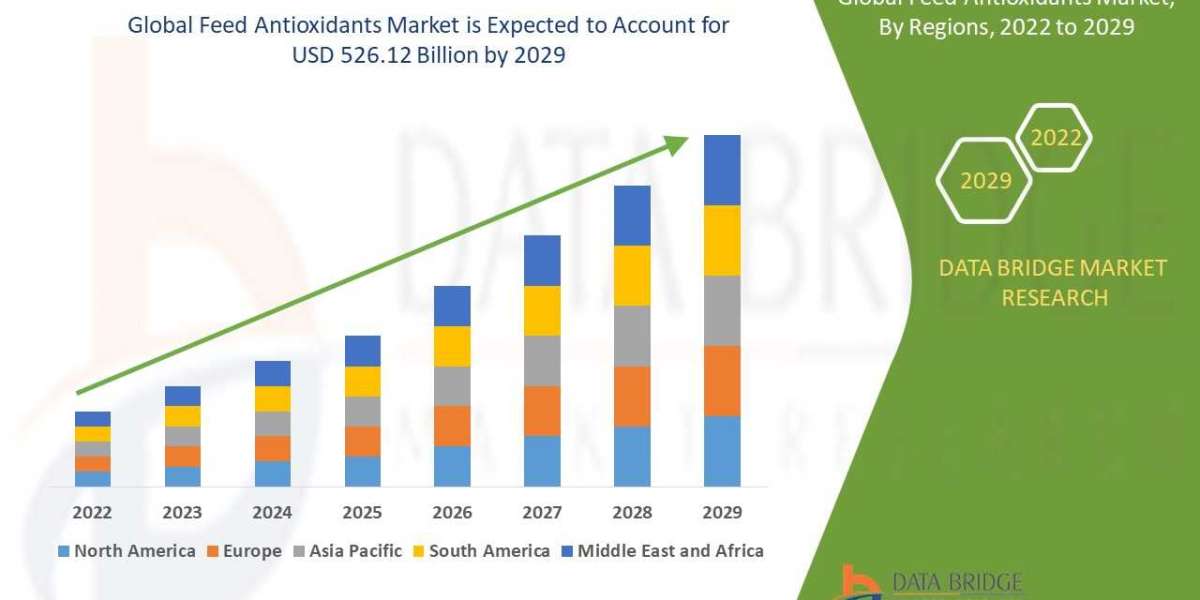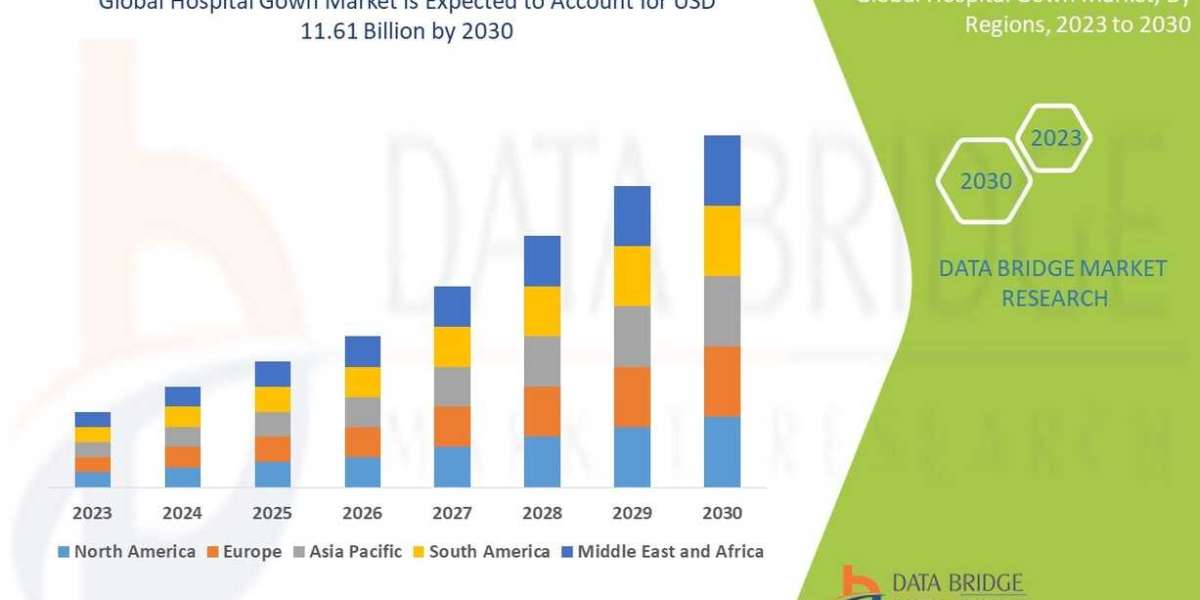Money is something we use every day, but its story stretches back thousands of years. The journey from exchanging goods directly to trading digital currencies is one of the most fascinating parts of human history. When I look back, I realize money didn’t start as shiny coins or printed notes—it began with something far simpler: trust between people.
Understanding the Barter System
Before coins, paper bills, or bank cards, people exchanged goods directly. This was known as the barter system. If I had grain and needed cloth, I’d find someone with cloth who wanted grain. While this seems straightforward, it often created problems. For example:
- Both parties had to want what the other had (the “double coincidence of wants”).
- Goods were hard to divide or transport.
- Items could spoil over time, reducing their value.
Despite its challenges, barter worked for small communities because trust and personal relationships held everything together. But as societies grew, so did the need for a common medium of exchange.
The Rise of Commodity Money
Commodity money was the next big step. Instead of trading goods directly, people began using items with inherent value—such as salt, cattle, or even cocoa beans. These items were widely accepted, durable, and could be measured. Metals like gold, silver, and copper became particularly popular because they were easy to store, carry, and divide.
Governments eventually began minting coins, stamping them with official marks to guarantee weight and purity. This made trade much smoother. I can imagine how much easier it was for a merchant to carry coins rather than bags of grain or herds of animals.
Paper Money and Banking
Paper money appeared as a more convenient way to represent value without carrying heavy coins. The first recorded use of paper currency was in China during the Tang Dynasty, but it became more common in the Song Dynasty. The idea spread to Europe through trade and exploration.
Banks emerged to store money, offer loans, and issue promissory notes. These institutions became central to the economy, allowing people to trade and invest on a much larger scale. For me, learning about this transition feels like seeing the world shrink—suddenly, value could be represented on a piece of paper rather than in piles of metal.
The Digital Age and Bitcoin
The introduction of credit cards, online banking, and digital transfers in the late 20th century completely transformed how we use money. No longer tied to physical currency, transactions could happen instantly across the globe. This paved the way for cryptocurrencies like Bitcoin.
Bitcoin, launched in 2009, was the first decentralized digital currency. It works on blockchain technology, allowing peer-to-peer transactions without banks or middlemen. It’s secure, transparent, and accessible to anyone with an internet connection. Today, it’s not just a curiosity—it’s part of the global financial conversation.
In my own daily life, I see how people mix the old and new—cash for some purchases, cards for others, and even digital wallets for online shopping. The way we store and use value continues to evolve, and it’s fascinating to watch.
The Connection Between Money and Everyday Choices
Money isn’t just a historical topic—it shapes how we live, work, and even relax. The ability to pay instantly for things we enjoy, whether that’s a meal, a book, or something like a kado bar, shows how far we’ve come from the days of barter. Our relationship with money has become more about convenience and less about physical exchange.
From gold coins in a pouch to digital codes stored in secure wallets, every stage of money’s history reflects human innovation. As technology keeps moving forward, I believe our concept of money will keep changing too. And just like people once moved from shells to silver, we might one day look at physical cash the way we now view the barter system—as a stepping stone to something even better.
Lessons from the Journey of Money
Looking at history, a few patterns stand out to me:
- Trust is the foundation of any currency, whether it’s shells, gold, or Bitcoin.
- Convenience drives innovation—people always look for easier, faster, and safer ways to trade.
- Technology transforms money, but human needs and habits guide its direction.
Money’s evolution isn’t just about economics—it’s about people adapting to make life smoother. Even when I’m reading about the earliest coins or the newest cryptocurrency, I’m reminded that behind every change is a desire for efficiency, security, and opportunity.
The story of money isn’t over yet. Just as early traders couldn’t imagine Bitcoin, we might not be able to picture the next leap forward. But I’m certain it will be shaped by the same human drive for progress that brought us here. Even in small choices, like paying for my favorite Geek Bar, I’m part of this long history.
From the first trade of grain for cloth to the click of a smartphone payment, money has been a tool that reflects our creativity and determination. Today, when I think about all the forms it has taken, I feel connected to centuries of traders, merchants, bankers, and innovators. And whether I’m buying groceries, sending money online, or picking up something like a Breeze Prime 6000 Puffs, I know I’m continuing a story that’s been unfolding for thousands of years.



